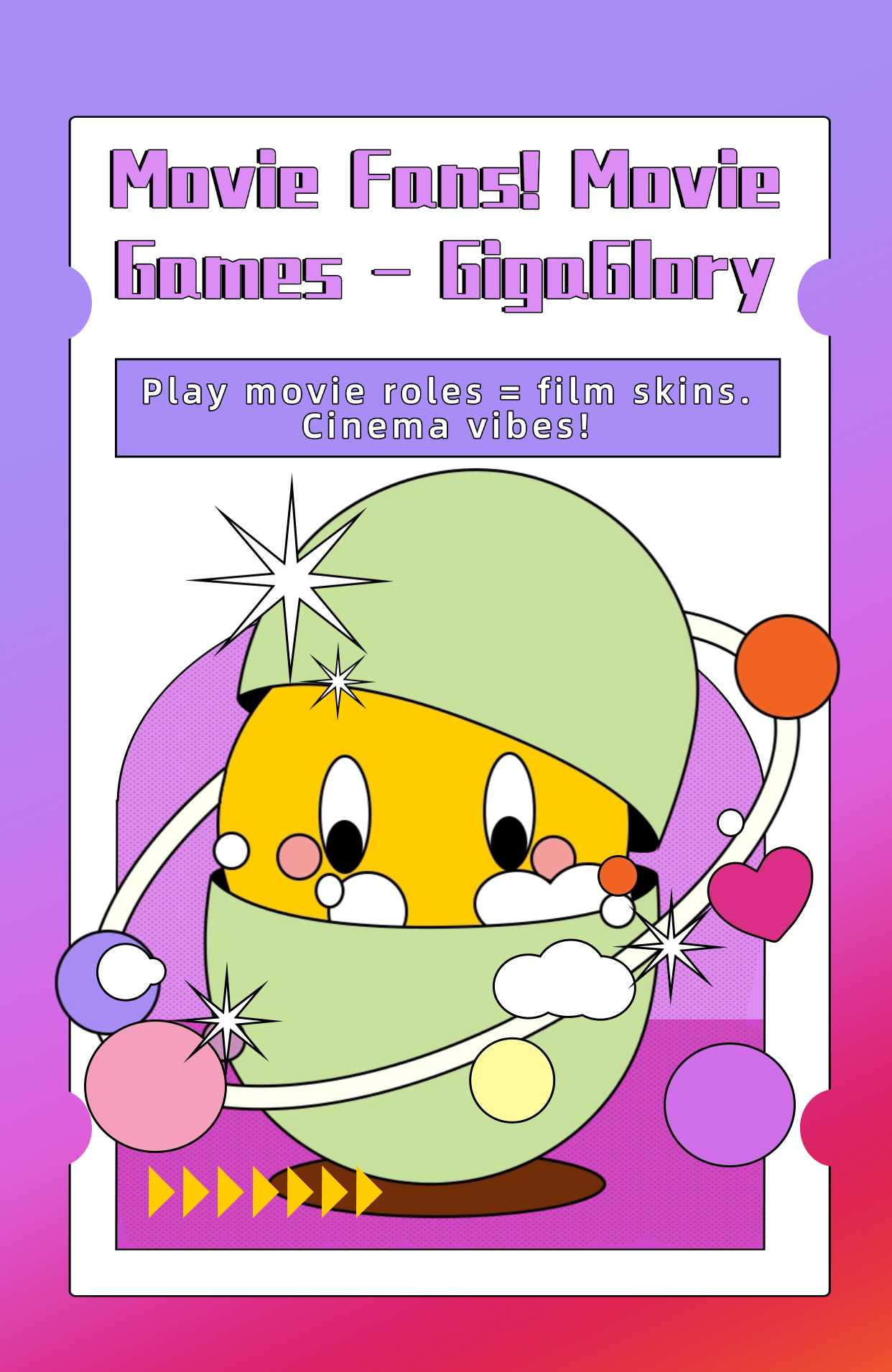Exploring the Intersection of Open World Games and Educational Games: A New Era of Learning and Adventure
Video games have transformed over the decades, evolving from pixelated screens to intricate, immersive environments. Among these environments, open world games stand out, allowing players to explore vast landscapes at their own pace. On the flip side, educational games aim to teach while entertaining. But what happens when these two genres intersect? This article dives into this exciting fusion and explores its implications for education. With examples like the 7 Kingdoms Game of Thrones and their adaptation into Mac OS X RPG games, we reveal how this new era of learning is unfolding.
What Are Open World Games?
Open world games provide players with expansive virtual worlds to explore. Unlike linear games, where players follow a set path, open world games encourage exploration, choice, and creativity. Players can interact with various elements within the game, including other characters, objects, and environments. This flexibility creates a dynamic gameplay experience that can vary significantly from player to player.
The Rise of Educational Games
Educational games, on the other hand, have emerged as an innovative tool for teaching. These games are designed to facilitate learning by engaging the player in a fun, interactive way. They cover a wide range of subjects, from math and science to history and language arts. By incorporating elements of gameplay, educational games can enhance retention and encourage critical thinking among players.
Bridging the Gap
At the intersection of these two gaming genres lies an opportunity for revolutionizing education. Open world settings can provide a rich context for learning, allowing students to engage with content in a meaningful way. But how can developers effectively blend these two genres? Let’s explore some of the key factors influencing this integration.
Why Open World Games Work for Education
- Immersive Environments: Open world games create captivating settings where students are more likely to engage and retain information.
- Autonomy: Players choose how and when to explore, allowing them to learn at their own pace.
- Real-world Connections: Many open world games incorporate real-world concepts that can lead to deeper understanding.
Examples of Successful Integration
Several games have successfully merged open world gameplay with educational value. One notable example is the 7 Kingdoms Game of Thrones – a fantastical realm that focuses on strategy and leadership. Players learn historical tactics and political strategies while navigating the intricacies of the world of Westeros.
The Role of Game Mechanics
Game mechanics are crucial in educational games as they dictate how players interact with the game. Successful games employ a mix of challenges, rewards, and narrative elements to keep players engaged. Open world games can incorporate various mechanics such as quests, puzzles, and skill-building challenges to enhance the educational experience.
Challenges of Designing Educational Open World Games
Despite their potential, integrating open world elements into educational games presents challenges. Developers must balance fun with educational content, ensuring that learning objectives are met without sacrificing enjoyment. Additionally, creating a dynamic, interactive world requires significant resources and expertise.
Case Studies of Successful Educational Open World Games
| Game Title | Platform | Educational Focus |
|---|---|---|
| Minecraft: Education Edition | Multiple | STEM education, creativity |
| Kerbal Space Program | PC, Console | Aerospace engineering, physics |
| Portal 2 | PC, Console | Problem-solving, physics |
Impact on Learning Styles
Different games cater to varied learning styles. Some players may prefer visual learning while others benefit from hands-on experiences. Open world educational games can adapt to these preferences, offering players multiple ways to engage with content.
Potential for Collaborative Learning
Open world games can also foster collaboration. Players can work together to solve challenges or complete quests, promoting teamwork and social skills. This collaboration mimics real-world problem solving, enhancing the educational experience further.
Examining the Future of Educational Open World Games
As technology advances, the possibilities for merging open world gaming and education are immense. Virtual reality (VR) and augmented reality (AR) present new avenues for immersion in educational environments. Imagine students exploring ancient civilizations through a VR headset or solving math problems while interacting with 3D models in an open world.
Importance of Feedback and Assessment
Feedback is essential in both gaming and education. Integrating assessment tools within open world games can help track player progress, allowing for tailored learning paths. Formative assessments can inform players about areas for improvement while encouraging continued exploration and engagement.
The Role of Storytelling in Education
Storytelling is a powerful component of gaming that can enhance learning outcomes. Well-crafted narratives can contextualize educational content, making it more relatable and engaging for players. Open world games with compelling story arcs can foster empathy and understanding, facilitating deeper learning.
Community Engagement and Game Development
Finally, the role of community engagement cannot be overlooked. Involving educators, students, and parents in the game development process can lead to more relevant content and gameplay experiences. This collaborative approach ensures that the games developed meet the needs of the intended audience.
Concluding Thoughts
The intersection of open world games and educational games heralds a new era of learning and adventure. By harnessing the strengths of both genres, developers can create immersive educational experiences that captivate players while equipping them with essential knowledge and skills. As we continue to navigate this evolving landscape, the potential for innovation remains vast. The fusion of entertainment and education can transform how we approach learning in a digital age.
With the successful integration of engaging narratives, realistic mechanics, and meaningful learning objectives, the future of educational games looks promising. The challenge lies in ensuring that these games remain fun while delivering educational value. By addressing these challenges, we can redefine education in the context of a vibrant and interactive gaming landscape.



